Target audience segmentation in game marketing involves dividing a game's potential or current players into distinct groups based on shared characteristics such as demographics, behavior, spending patterns, motivations, and preferences. This segmentation enables game marketers and developers to tailor marketing strategies, game design, and monetization approaches to better meet the needs of each group, thereby improving engagement, retention, and revenue.
Key aspects of target audience segmentation in game marketing include:
-
Defining User Personas
Creating detailed player personas based on data and research is foundational. These personas represent typical players with specific traits, such as age, location, gaming preferences, motivations, and spending habits. Understanding these personas helps craft targeted marketing messages and game features that resonate with each segment. -
Segmentation Criteria
Common criteria for segmentation include:- Demographics: Age, gender, location
- Behavioral data: Play style (competitive vs. casual), frequency of play, social interaction preferences
- Spending behavior: Free players, occasional spenders, heavy spenders (whales)
- Psychographics: Motivations for playing (relaxation, competition, socializing)
- Technographics: Device type, platform preferences.
-
Behavioral Segmentation
Segmenting players by how they interact with the game is particularly effective. For example, distinguishing social players from solo players or competitive from casual gamers allows for personalized in-game offers, difficulty adjustments, and social features tailored to each group. -
Monetization-Based Segmentation
Players can be segmented by their spending patterns, such as new players, light users, medium users, heavy users, and whales. This helps in designing targeted promotions, exclusive content, or loyalty rewards to maximize revenue from each group. -
Implementation in Marketing and Game Design
Segmentation informs:- Targeted advertising campaigns that use personas to deliver relevant messages
- Personalized in-game experiences like customized offers, difficulty levels, and social features
- Influencer collaborations targeting specific segments to increase reach and credibility
- A/B testing to optimize marketing messages and game features for different segments.
-
Continuous Analysis and Adaptation
Regularly analyzing player data and market trends allows marketers to refine segmentation strategies and adapt to evolving player behaviors and preferences, ensuring sustained engagement and growth.
In summary, target audience segmentation in game marketing is a strategic process that leverages player data to create distinct groups, enabling personalized marketing and game experiences that enhance player satisfaction and business outcomes. This approach is essential for optimizing user acquisition, retention, and monetization in the competitive gaming industry.




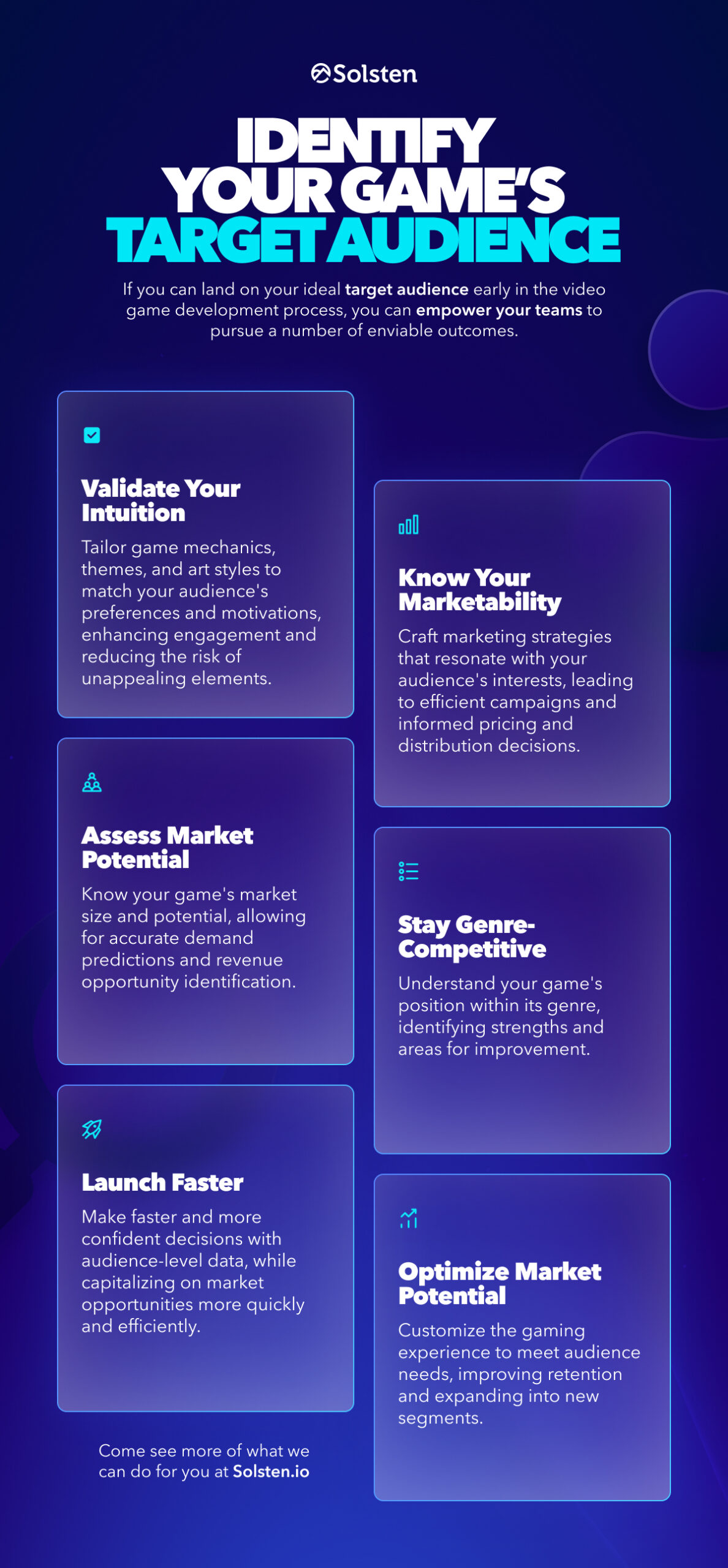
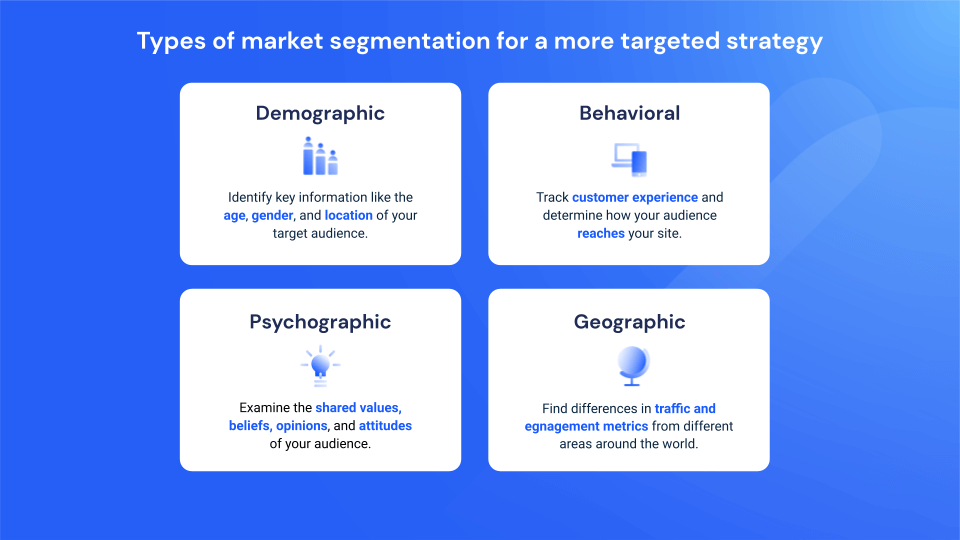
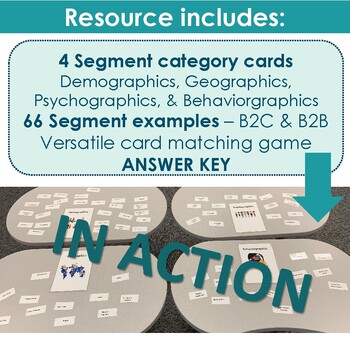






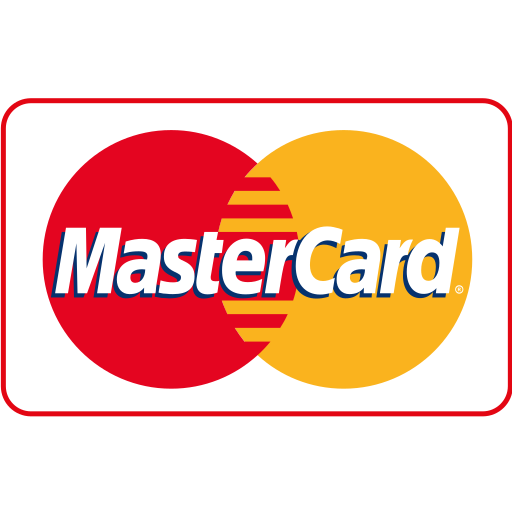

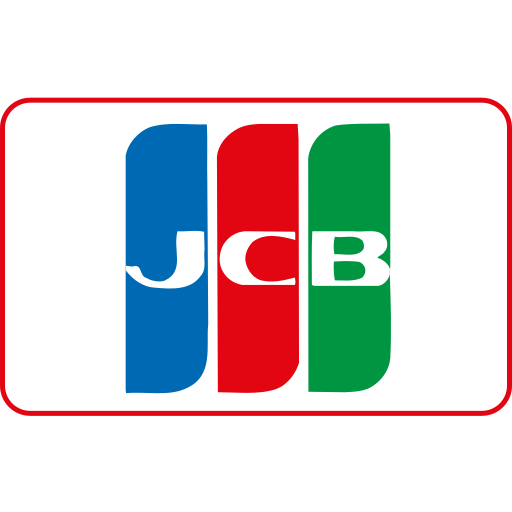




WebSeoSG offers the highest quality website traffic services in Singapore. We provide a variety of traffic services for our clients, including website traffic, desktop traffic, mobile traffic, Google traffic, search traffic, eCommerce traffic, YouTube traffic, and TikTok traffic. Our website boasts a 100% customer satisfaction rate, so you can confidently purchase large amounts of SEO traffic online. For just 40 SGD per month, you can immediately increase website traffic, improve SEO performance, and boost sales!
Having trouble choosing a traffic package? Contact us, and our staff will assist you.
Free consultation